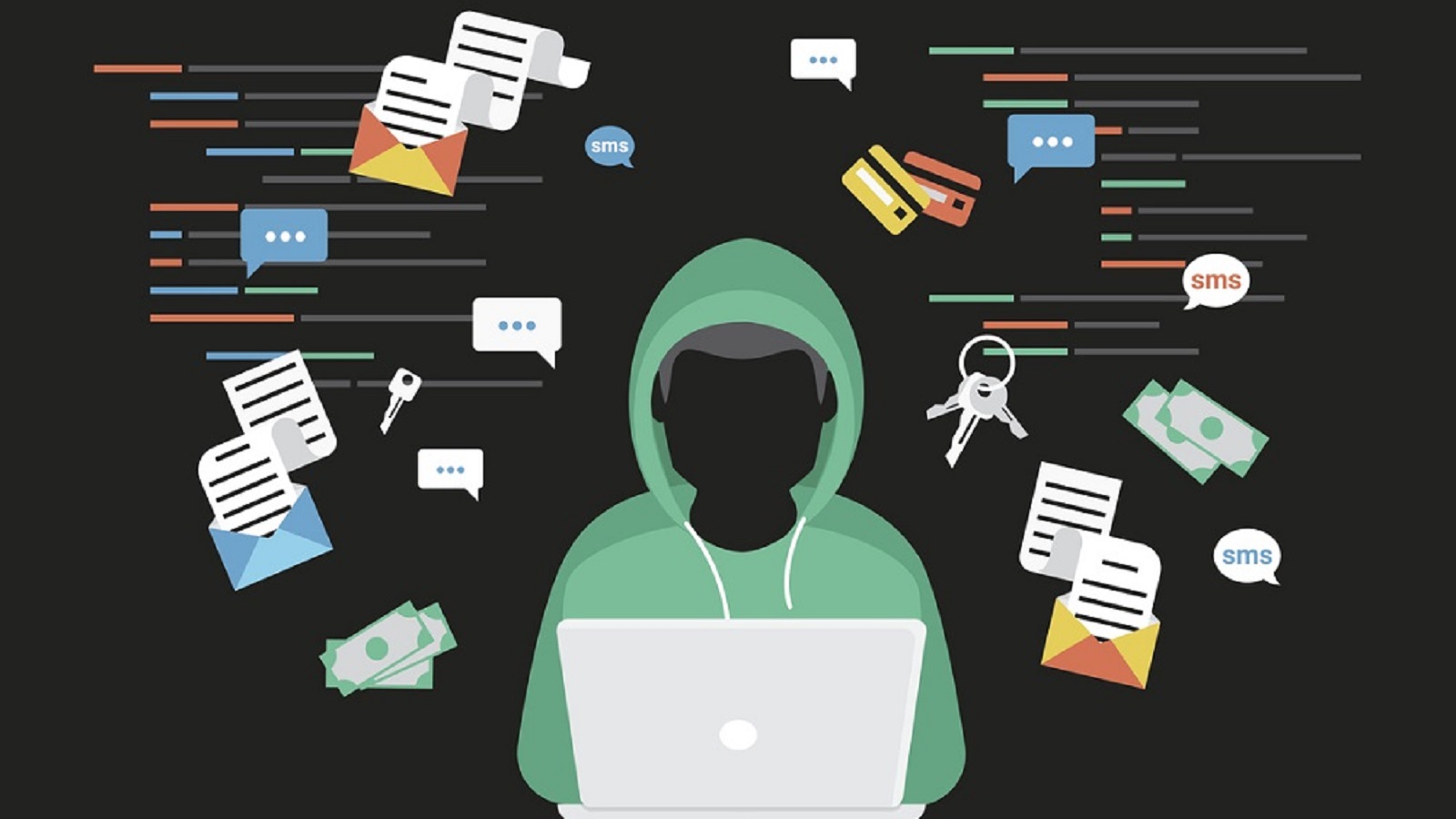
Protecting your website from cyber threats is a must in this day and age when having an online presence is important for both companies and people. Data breaches, financial losses, damage to a company’s image, and even legal problems can happen because of cyberattacks. To protect the safety and trustworthiness of your website, you must therefore put in place strong security measures. Here is the complete guide to making your website safer from online threats:
Update Regularly:
- Keep not only your CMS but also all associated software up to date, including server software, databases, and any third-party applications used on your website.
- Set up automatic updates whenever possible to ensure timely installation of security patches.
- Regularly review release notes and security advisories from software vendors to stay informed about potential vulnerabilities and updates.
Strong Authentication:
- Consider using advanced authentication methods such as biometric authentication or hardware tokens for critical administrative accounts.
- Implement account lockout policies to prevent brute force attacks on user credentials.
- Utilize secure password management solutions to store and manage complex passwords securely.
Secure Hosting:
- Choose a hosting provider that offers regular security audits and compliance certifications.
- Opt for hosting plans that include built-in security features such as web application firewalls (WAFs), intrusion detection and prevention systems (IDPS), and malware scanning.
- Select a hosting environment that allows for the isolation and segmentation of your website from other hosted services to minimize the impact of security breaches.
Firewall Protection:
- Configure your WAF to filter incoming traffic based on predefined rulesets tailored to your website’s specific security requirements.
- Regularly update and fine-tune firewall rules to adapt to emerging threats and mitigate new attack vectors.
- Implement rate limiting and IP blocking to thwart malicious bots and automated attack tools.
Regular Backups:
- Store backups securely in an offsite location or in a cloud-based backup service to ensure redundancy and resilience.
- Test backup restoration procedures periodically to verify data integrity and accessibility.
- Consider implementing automated backup solutions with scheduling options to streamline the backup process and minimize manual intervention.
Secure Passwords:
- Enforce password expiration policies to prompt users to change their passwords regularly.
- Implement account lockout mechanisms to prevent brute force attacks and unauthorized access attempts.
- Educate users on password best practices and encourage them to use password managers to generate and store complex passwords securely.
HTTPS Encryption:
- Obtain an SSL/TLS certificate from a trusted Certificate Authority (CA) to enable HTTPS encryption for your website.
- Configure your web server to enforce HTTPS by redirecting all HTTP traffic to HTTPS.
- Monitor SSL/TLS certificate expiration dates and renew certificates promptly to prevent service disruptions.
Security Plugins:
- Research and select security plugins that are actively maintained, regularly updated, and compatible with your CMS version.
- Configure security plugins to perform regular scans for malware, vulnerabilities, and suspicious activities.
- Enable features such as file integrity monitoring, security hardening, and blacklist monitoring to enhance your website’s resilience against cyber threats.
User Permissions:
- Implement the principle of least privilege by assigning permissions based on the principles of “need to know” and “need to access.”
- Regularly review user permissions and access levels to ensure they align with users’ roles and responsibilities.
- Utilize audit logs and activity monitoring tools to track user actions and detect unauthorized access attempts or suspicious behavior.
Security Audits and Testing:
- Conduct comprehensive security assessments, including vulnerability scanning, penetration testing, and code reviews, to identify and remediate security vulnerabilities.
- Perform security testing throughout the development lifecycle, including pre-production testing and post-deployment audits, to identify and address vulnerabilities early.
- Engage third-party security experts or ethical hackers to perform independent security assessments and provide unbiased insights into your website’s security posture.
Stay Informed:
- Join online communities, forums, and mailing lists dedicated to web security to stay abreast of the latest threats, vulnerabilities, and mitigation techniques.
- Participate in security conferences, workshops, and webinars to learn from industry experts and share experiences with peers.
- Follow cybersecurity thought leaders and reputable security blogs to access timely updates and insights on emerging threats and best practices.
Incident Response Plan:
- Develop a comprehensive incident response plan outlining predefined steps and procedures to follow in the event of a security incident.
- Establish communication channels and escalation paths to coordinate incident response efforts effectively.
- Conduct regular tabletop exercises and simulations to test the effectiveness of your incident response plan and ensure your readiness to handle security incidents.
Conclusion:
By incorporating these additional details into your website security strategy, you can create a more robust defense against cyber threats and safeguard your online assets effectively. Remember that cybersecurity is a continuous process that requires proactive measures, ongoing monitoring, and adaptation to evolving threats.


